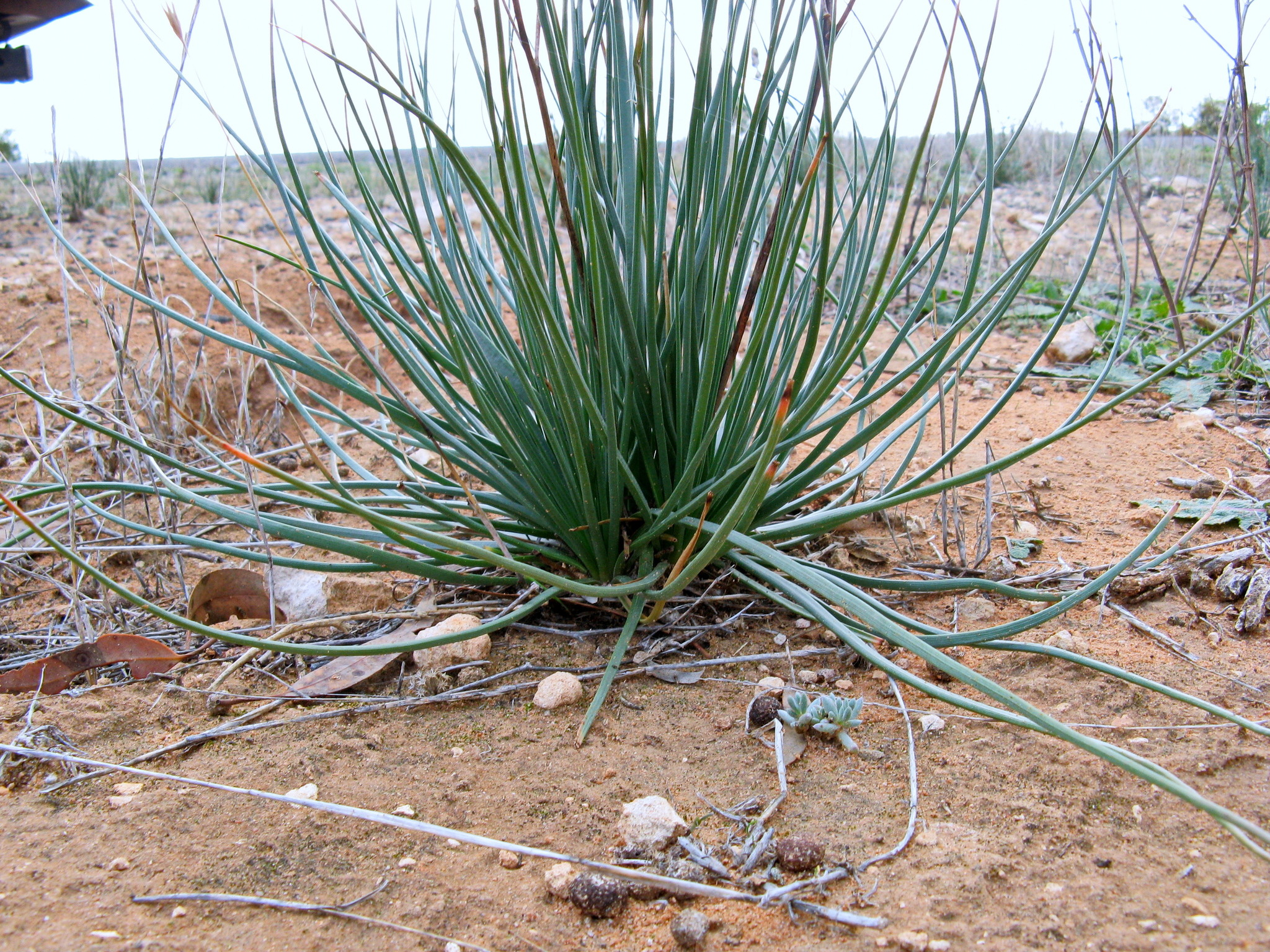
Perennial herbs, shrubs or trees, sometimes succulent; rhizome often present, sometime producing resin. Stems fibrous or woody, subterranean to tall. Roots fibrous or thickened and tuberous. Leaves alternate, spiral or distichous, entire or spinose-serrate, often in basal rosettes or at the ends of branches often sheathing at base, flat, compressed, terete or wedge-shaped, sometimes thick-leathery or succulent, stipules absent. Inflorescence terminal or axillary, 1–many-flowered and variously arranged in a panicle, raceme or spike. Flowers usually bisexual, regular or irregular, often subtended by bracts. Tepals 6, in 2 whorls or 3, free to fused into a tube, fleshy to dry and papery. Stamens 6, in 2 whorls of 3, mostly hypogynous, free or slightly connate at base, sometimes with 3 stamens joined to the base of tepals; filaments sometimes ornamented. Carpels 3, fused. Ovary superior, 1- or 3-locular, ovules 1–many per locule, with axile placentation; style simple, stigma capitate or 3-lobed. Nectaries in ovarian septa. Fruit a loculicidal capsule or berry, often subtended by persistent perianth. Seeds usually flattened, angular or winged, testa black (with phytomelan), often ornamented.
Asphodelaceae has recently been recircumscribed, and now includes Aloaceae, Hemerocallidaceae and Xanthorrhoeaceae. The redefinition of Asphodelaceae leaves it with no clear defining morphological characters. This treatment follows Stevens, P.F. (2018, Angiosperm Phylogeny Website).
Numerous species cultivated as ornamentals, several are major weeds and a number are useful medicinally. The leaves of some genera are used as fibre sources, others are highly poisonous.
About 40 genera and c. 880 species, cosmopolitan (except North America); 25 genera and c. 146 (15 naturalised) in Australia.
Carter (1994), Lavranos (1995), Judd et al (2016), Stevens (2018)
Source: (2005). Asphodelaceae. In: . Horticultural Flora of South-eastern Australia. Volume 5. Flowering plants. Monocotyledons. The identification of garden and cultivated plants. University of New South Wales Press.
Updated by: Val Stajsic, April 2018
